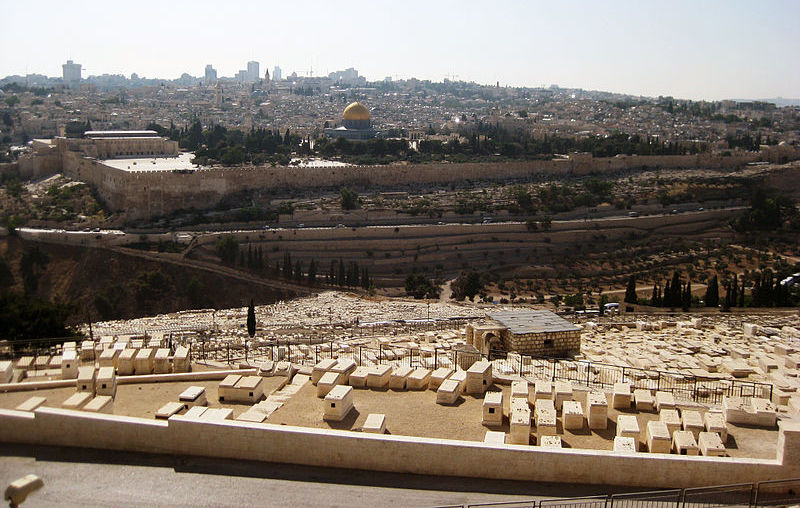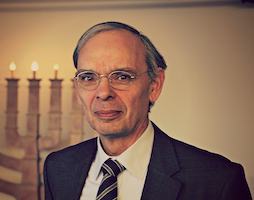The secret of Israel (6) – The Fall of Man
God does not bring His friend Abram to the location of the Garden of Eden for any apparent reason. After all, this is not only where it all began, but this is also where it went wrong as well. We call this the fall of man. The fall or better the recovery of this sin will be the heart of God’s relationship with Abram’s children and will become one of the great issues of the history of salvation.
As we know, there were two trees in the Garden of Eden. The tree of life, of which Adam and Eve – made from the dust of the earth – could “pick” life every day. Eternal life was no unattainable ideal, as Israel’s neighbours thought, but was within reach for man in Eden. Death was no part of life.
But there was another tree that the first men were not allowed to touch: the tree of the knowledge of good and evil. The question of course is, what was the meaning of this? The knowledge of good and evil was evidently present, but God forbade Adam and Eve to even stretch their hands out to it.
Some interpreters didn’t go beyond the notion that this was a “test commandment”. God wanted to know whether man He created really wanted to blindly obey. Others thought that it involved sexuality. After all, if Adam and Eve do eat from the tree, they suddenly discover something that they were not aware of before: they were naked! And is the sexual desire of men not the root of all evil, these biblical scholars must have thought. The latter remains to be seen of course. Had not God given sexuality as a gift to mankind at the beginning?
But still, in that discovery of their nakedness and their shame about that, the answer is to be found.
I see it with my own children: that moment they do not leave the door of the bathroom open anymore, close it and not only that, but also lock it. That moment when they are changing clothes no longer relaxed and innocently, but are aware of their nakedness and are ashamed of it. That is the moment they are grown-up.
No longer a child, but an adolescent. And that is exactly what happens in Eden. That is the essence of the fall of man: Like a Father God wants to take care of mankind He created. They are His children, made in His image and He determines as a Father what is good and evil for them. They should not claim that knowledge for themselves. They must not make their own choices independently and live their lives as adults in relation to God.
One might say that Abram’s entire life with God is filled with this one big question of God: Will you allow Me to determine which road to go and what is good or evil for you? Will you trust Me to be your heavenly Father? Handing over your life into My hands?
That is why Abram is already seventy-five years old when God calls him, that is why there is a famine when he arrives in the Promised Land, that is why it takes twenty-five years before the promised son is born, that is why Abram has to give up control about everything at Mount Moriah when God asks him to give back Isaac. And that will be the essence of God’s relationship with Israel too.
He starts the history of salvation with Abram’s children and in that history he will show the whole world who He is, a Father for His creatures. Israel has understood that in all her failures. God’s call in Isaiah sounds impressive: “But you are our Father, though Abraham does not know us or Israel acknowledge us; you, Lord, are our Father, our Redeemer from of old is your name.” (Isaiah 63:16).
Later, the Son par excellence will point to His pupils that returning to God means to become like a child. Else you will not be able to enter the Garden of Eden!






